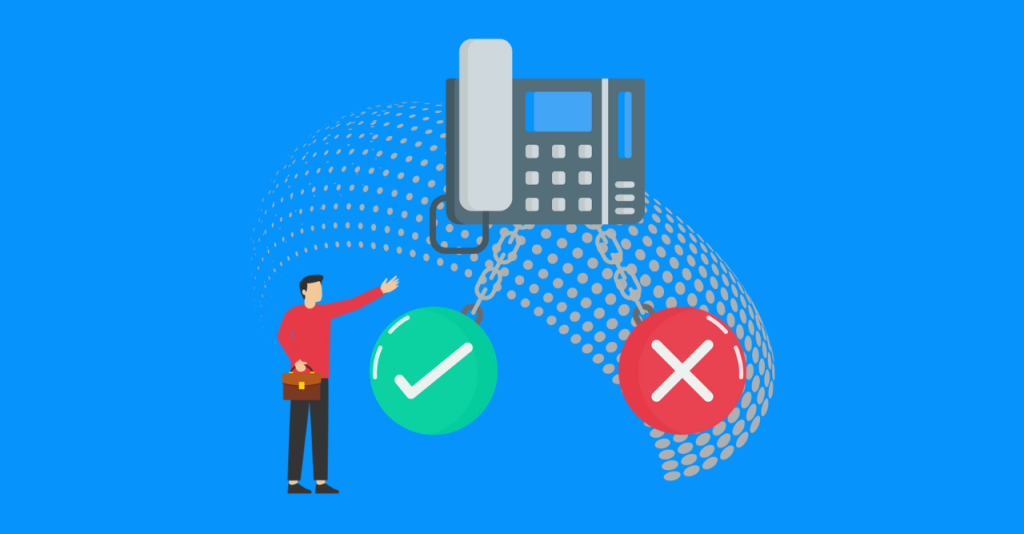“What are the disadvantages of PABX?”
This question is often asked by businesses exploring their options for internal phone communications.
PABX systems, also known as Private Automatic Branch Exchanges, have both benefits and drawbacks.
In this article, we’ll focus on the disadvantages of PABX systems. By understanding these issues, you can make the best decision for your business communication needs.
Exploring the Downsides of PABX Systems
PABX (Private Automatic Branch Exchange) systems have long been a reliable choice for internal phone communication in businesses. However, it’s essential to understand the potential drawbacks that come with implementing these systems.
Disadvantages of PABX Systems:
Initial Upfront Cost
When implementing a PABX (Private Automatic Branch Exchange) system, businesses need to consider the initial upfront cost. This includes budgeting for the necessary hardware, software, and installation services. While the cost is not very high, it does require an upfront investment.
Technical Expertise for Setup
Setting up a PABX system requires technical expertise from an onsite technician. It is essential to have someone with the necessary technical knowledge to handle the installation process. Once the system is set up, there is no need for dedicated in-house staff to manage it thereafter.
Challenges with Scaling
When considering a PABX system, scalability is an important factor to consider. The system can be expanded by adding new cards, phones, and laying new lines, along with the required programming. Although the process is not costly, it’s important to note that scalability takes time and is not an immediate solution.
Limited Flexibility for Remote Work
Traditional PABX systems have limitations in terms of supporting remote work. These systems are primarily designed for on-site installations, making it challenging to access and utilize PABX features outside the physical office environment. This limitation restricts the flexibility required for remote work arrangements.
Limited Integration with Modern Technologies
PABX systems may have limited compatibility with modern communication technologies, such as Voice over Internet Protocol (VoIP) or mobile solutions. Integrating these systems with newer technologies can be challenging or even unavailable, hindering businesses from leveraging advanced communication features and channels.
Single Point of Failure
While PABX systems are generally durable and require minimal maintenance, occasional failures can still occur. Factors such as power outages, hardware malfunctions, or unforeseen circumstances can lead to disruptions in communication and impact business operations until the issues are resolved.
Wrapping Up
While PABX office systems have been a reliable solution for internal phone communications within businesses, they do come with some limitations.
By understanding these downsides, businesses can make better choices for their communication needs.





